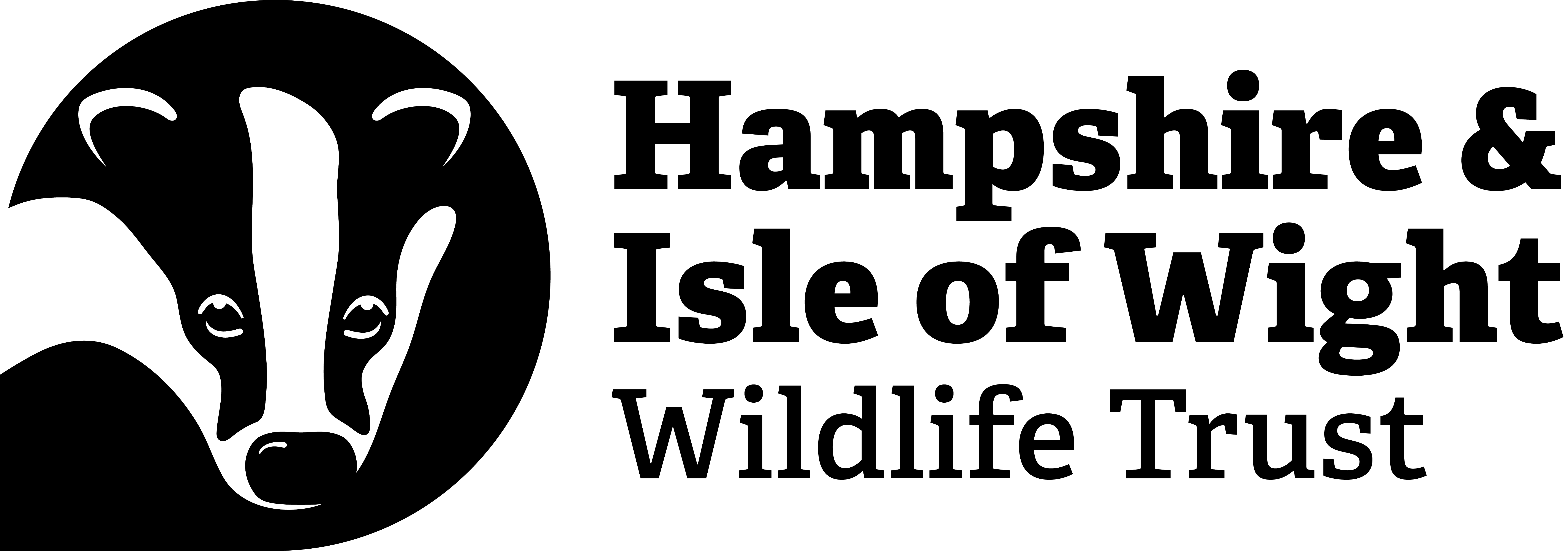Search
Search
New funding to help control invasive non-native plants in the New Forest
Hampshire & Isle of Wight Wildlife Trust are delighted to have secured £45,000 from the Environment Agency to tackle the spread of invasive non-native plants in the New Forest during 2021/22…
New Forest gains vital guardian against invasive non-native plants
Hampshire & Isle of Wight Wildlife Trust is pleased to announce the appointment of Holly Fitzgerald as the New Forest Non-Native Plants Officer.
New project to control non-native plants set to launch this spring
The Lower Avon Non-Native Plant Project has been launched to help prevent the spread of invasive non-native plants.
Ants in your plants!
There are estimated to be over 60 species of ant in Britain and over 30 have been recorded in our two counties, making our region something of a hotspot. Here are some of our favourites.
The plants that bear a Christmas crown
Most of us probably recognise the tune of the famous carol ‘the Holly and the Ivy’, if not the words of the song. But what do you know about these and the other most Christmassy of plants,…
Nightjars – The enigmatic birds of the New Forest
Trainee ecologist Shannon Rae shares her experience with European Nightjars in the New Forest, from their mesmerising aerial displays to their unique churring calls, uncover the mysteries of these…
Conserving Native Crayfish in Hampshire
The white-clawed crayfish Austropotamobius pallipes is the only species of crayfish that is native to the UK and it’s in trouble!
New Forest Land Appeal thank you event booking
Under Pressure - is the New Forest losing its wildness?
When thinking of the most special and important places for wildlife, Hampshire’s New Forest is right up there with the best. But this precious gem is under pressure from a combination of factors…
The best plants for bees and pollinators
Set up a ‘nectar café’ by planting flowers for pollinating insects like bees and butterflies
Supporting the Commoners who support The New Forest
Hampshire and Isle of Wight Wildlife Trust leads milestone training series, supporting the future of Commoning in the New Forest.
